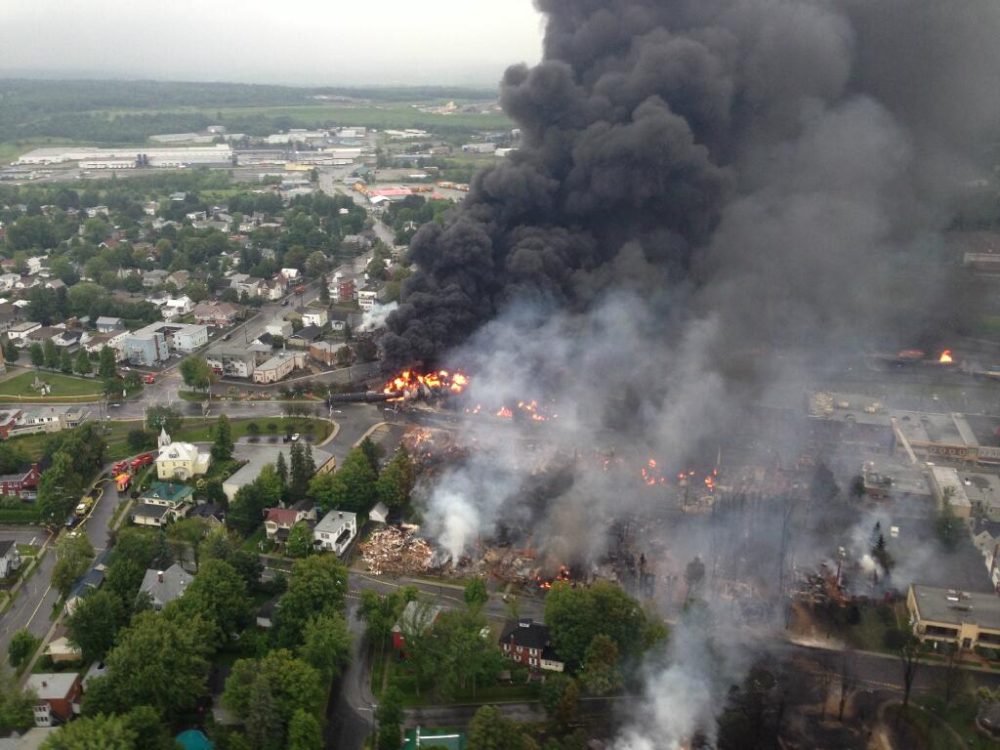At 1:15am on July 6th, 2013, a freight train carrying 7.7 million liters of petroleum crude oil derailed in the sleepy municipality of Nantes, Quebec. After the flames were finally abated, 47 people lay dead and roughly half of Nantes’ downtown core had been destroyed. It was the single worst rail disaster since Canada’s confederation in 1867.
Once the smoke had cleared, the Transport Safety Board of Canada conducted a thorough, year long, investigation and, unsurprisingly, concluded that the disaster had been multi-causal with a few key findings, including:
- The train’s engineer had only engaged seven handbrakes when up to twenty-six may have been required.
- Mechanical problems had not been properly addressed with a locomotive’ engine producing thick smoke during a previous trip.
- The Montreal, Main & Atlantic Railway (MMA) group, the owners and operators of the train, had a weak safety culture with large gaps existing between operational documentation and how work was done day to day.
- Transport Canada’s oversight on MMA was lacking and allowed for a lapse in safety protocol, despite having numerous issues with them in the past.
As with many tragedies of this magnitude, we are given an opportunity to reflect and look for ways in which we can make improvements so similar tragedies can be prevented in the future. Industrial enterprises, particularly those involved in the routine handling of dangerous goods, must take on a proactive stance to ensure their safety infrastructure is robust and their employees are empowered to do their jobs safely and efficiently.
The US Bureau of Labour Statistics states that there were 5,190 workplace fatalities in 2016. That means that just over 14 workers die on the job every day on worksites across the US. In our world of rapid technological advancements, how can we justify this number being so high? Why is much of the great technology being developed today not making it to the last tactical mile and the blue-collar workforce?
It is imperative, as technological developments further add to the complexity of heavy equipment, that significant transformations occur on industrial worksites across North America. We need to update our physical and technological infrastructure to help safeguard our communities. We need to develop tools that will tap into real-time IoT data and enterprise data stores to empower our blue-collar workforce to make better judgements, work with more autonomy, and increase their personal safety and the safety of those around them. With the power of mobile computing, the sheer number of edge-based devices, and software with ever-increasing capabilities there is no reason why the blue-collar workers on the last tactical mile should be left behind.

